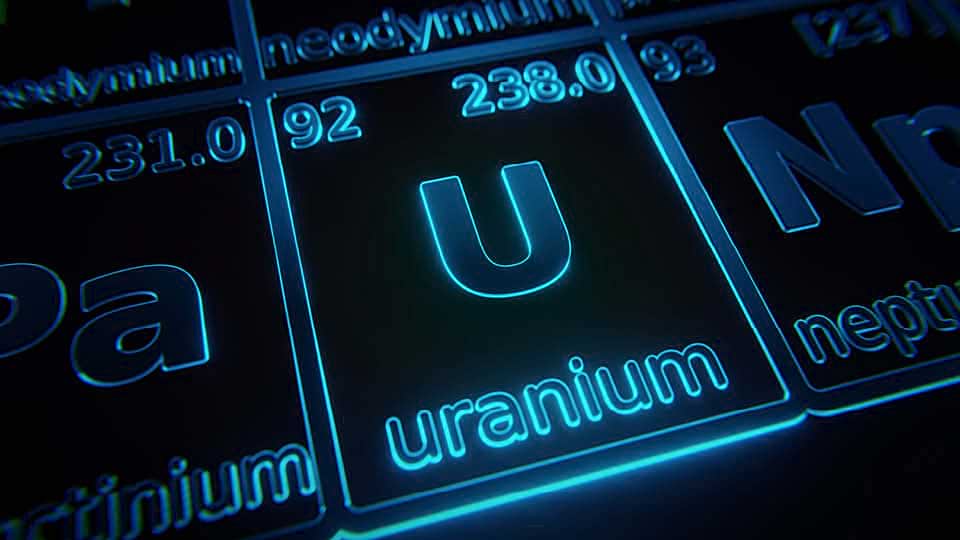SMOG: Question & Answer
08 December 2022
Read Time 3 MIN
The energy transition driven by global governmental action and shifting consumer preferences has brought attention to low carbon energy companies. Though not a new area of the market, these companies have evolved and are proving extremely innovative as they tackle some of society’s most difficult challenges. This blog is intended to answer frequently asked questions on low carbon energy investing.
- What are low carbon energy companies?
- What are the common sub-themes within the low carbon energy ecosystem?
- Is low carbon energy strictly a growth investment?
- How do fossil fuel prices influence low carbon energy companies?
- Why does a low carbon energy ETF like SMOG hold electric vehicle companies?
- Is SMOG a global ETF?
What are low carbon energy companies?
Low carbon energy companies, often referred to as renewable energy companies, are primarily engaged in wind, solar, hydro, hydrogen, bio-fuel or geothermal technology, lithium-ion batteries, electric vehicles and related equipment, waste-to-energy production, smart grid technologies, or building or industrial materials that reduce carbon emissions or energy consumption, among others.
What are the common sub-themes within the low carbon energy ecosystem?
The following sub-themes are major contributors to the innovation in this space:
Renewable Power
The renewable power sub-theme includes alternative energy producers directly involved in the generation, transmission and distribution of electricity from wind, solar, hydro, geothermal and renewable energy sources. Whereas alternative energy wholesalers include companies that purchase electricity generated from clean and renewable resources and resell to other companies, districts, etc., often alternative energy producers also engage in wholesaling activities, hence the two are congruent to each other.
Electric Vehicles and Battery Technology
Electric vehicles (EVs) are battery-powered vehicles that do not rely on internal combustion engines powered by fossil fuels. EVs are seen as a low-hanging fruit to curb carbon emissions. The electric vehicle infrastructure primarily consists of automobile, battery and inverter manufacturers. Electric vehicle charging stations and wiring companies are also emerging technologies in this sub-theme.
Solar
The solar industry mainly consists of manufacturers that produce photovoltaic panels and installers that install these devices at residential and commercial facilities.
Wind
Wind power is currently America’s largest source of renewable energy and continues to grow as traditional utilities diversify their energy mix. Turbine manufacturers that build the generators, towers and blades that harvest wind dominate this sub-theme.
Hydrogen and Fuel Cell
Hydrogen is the simplest energy-dense element that, if burned for fuel only, produces water as its byproduct. A fuel cell combines hydrogen and oxygen to produce energy. The challenge has been in producing hydrogen fuel cells at scale. Falling costs of production along with government and corporate interest alike are supportive of this nascent technology.
Filtration
Filtration includes products that reduce carbon emissions in industrial and consumer applications, such as innovative building insulation. The concern in curbing carbon emissions has brought prominence to companies manufacturing these products.
Is low carbon energy strictly a growth investment?
These companies have historically been involved in early-stage, capital-intensive areas of the market. In aggregate, they tend to display traditional characteristics commonly associated with growth companies. However, a sizable portion of SMOG’s portfolio is typically considered part of the utilities sector leading to a diverse representation of market characteristics within the ETF.
How do fossil fuel prices influence low carbon energy companies?
Historically, higher fossil fuel prices have benefited companies in the renewable energy ecosystem as consumers have sought alternatives to expensive energy sources. When fossil fuel prices subside, as we saw in the 2010s for example, focus can weaken leading to pressure on low carbon energy companies. However, aggressive government initiatives to combat climate change have helped support the industry even in periods of price volatility.
Why does a low carbon energy ETF like SMOG hold electric vehicle companies?
Electric vehicles are one of the most visible outputs of the global energy transition. While solar panels and wind farms are becoming far more common, it is electric vehicles that consumers likely see on the road every day. Electric vehicles, both consumer and commercial, figure to contribute greatly to reduced emissions and fit well in a portfolio of companies involved in that ecosystem. SMOG’s underlying index has strict revenue qualifications which only allow pure-play companies that generate at least 50% of their revenue from electric vehicle production to enter the index.
Is SMOG a global ETF?
SMOG is truly global. Its exposure to U.S. companies has ranged between 30 and 40% of the portfolio in recent years with approximately 20 other countries represented. Other notable exposure in the portfolio has come from China, Italy, South Korea and Spain.
Related Insights
IMPORTANT DEFINITIONS & DISCLOSURES
This material may only be used outside of the United States.
This is not an offer to buy or sell, or a recommendation of any offer to buy or sell any of the securities mentioned herein. Fund holdings will vary. For a complete list of holdings in VanEck Mutual Funds and VanEck ETFs, please visit our website at www.vaneck.com.
The information presented does not involve the rendering of personalized investment, financial, legal, or tax advice. Certain statements contained herein may constitute projections, forecasts and other forward looking statements, which do not reflect actual results. Information provided by third-party sources are believed to be reliable and have not been independently verified for accuracy or completeness and cannot be guaranteed. Any opinions, projections, forecasts, and forward-looking statements presented herein are valid as of the date of this communication and are subject to change without notice. The information herein represents the opinion of the author(s), but not necessarily those of VanEck.
The views contained herein are not to be taken as advice or a recommendation to buy or sell any investment in any jurisdiction, nor is it a commitment from Van Eck Associates Corporation or its subsidiaries to participate in any transactions in any companies mentioned herein. This content is published in the United States. Investors are subject to securities and tax regulations within their applicable jurisdictions that are not addressed herein.
All investing is subject to risk, including the possible loss of the money you invest. As with any investment strategy, there is no guarantee that investment objectives will be met and investors may lose money. Diversification does not ensure a profit or protect against a loss in a declining market. Past performance is no guarantee of future results.
Related Insights
06 November 2024


